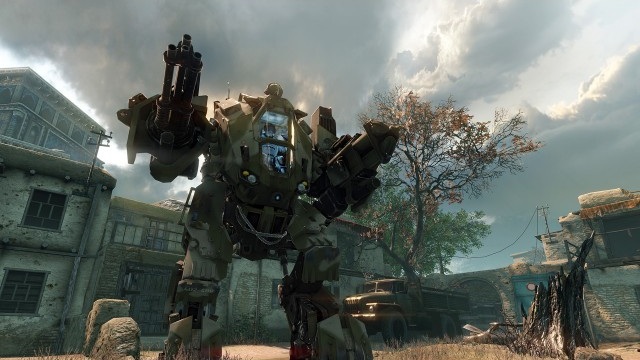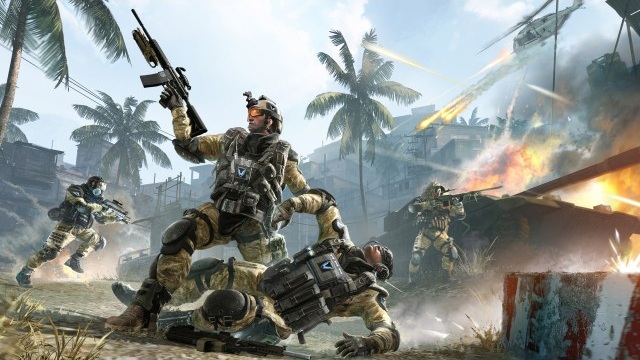War. It's for faces.
The free-to-play shooter space is becoming saturated… fast. Driven by the money-printing success story of Call of Duty, developers have been falling all over themselves in recent years trying to duplicate its blockbuster multiplayer formula, albeit in the land of micro-transactions. Some have made money—many others haven't—but regardless of any fiscal success they've had, they've done nothing to convince the avid core gamer that free-to-play experiences are worthwhile when compared to their boxed, retail counterparts. With Warface, shooter giant Crytek is aiming to finally change that perception, and from what I've seen, they just may do it.
Harnessing the power of Cryengine 3 and the knowledge gained from creating Far Cry and Crysis, Crytek is hoping to bring a level of polish and playability that other FTP shooters lack. Warface won't melt your computer in the same way the company's flagship titles do, but it's still hands-down the best looking game in its market. With the settings turned all the way up, you'd never mistake it for a browser game, and it even looks better than some titles that console players routinely pay $60 bucks for.
Surprisingly, it plays just as well. Using the same rig I play Crysis 3 on, it ran butter-smooth, making aiming fast and fluid. While you don't get any fancy suit powers or alien tech to toy with, the core mechanics of Crysis are still in place. Mantling, sliding, and on-the-fly weapon customization are all present and will feel familiar to anyone who's played Crytek's latest. The trappings have more in common with your run-of-the-mill military fare, which is disappointing, but understandable given the fact that they're going for the broadest appeal possible. After all, if you want any hope of actually making money on a product that costs nothing to have fun with, the prevailing logic (for now) is that you have to cast the widest net possible.
This brings us to perhaps the most vital bit: monetization. This is usually the fly in the ointment for players like me who don't want to be pestered or solicited while they play. Warface gets this partly right by presenting its paid options in unobtrusive ways, but there are still a few elements that may rub players wrong. Instead of limiting gameplay-related advantages like better guns to in-game currency, every piece of gear can be bought with real-world cash, which means you will very much be competing with people who have paid to have an advantage over you.

While that's frustrating, there's a third currency that can only be earned by finishing in the top 10% of the daily standing, and that currency, called “crowns” is the only one that can be used to purchase the truly top-of-the-line gear. Hopefully, this will ensure that the best stuff will always be in the hands of the most skilled day-in, day-out performers.
The only other catch is the fact that you can use cash to purchase respawn tokens, consumable items that allow you to self-revive even if there are no medics on the field to raise you. Potentially, this could allow teams with stacks of respawn tokens to forego medics altogether, and double down on assault and sniper class soldiers. These are the types of things that keep FTP from catching on with fans of the standard business model, and the primary reason why claims of FTP being “the future of gaming” elicit sneers and eye rolls.
Whether these sorts of monetization methods are deal-breakers for you or not, there's no denying the overall quality of the experience compared to Warface's contemporaries. At the very least, the game won't cost you a dime to play, so there won't be any reason not to find out for yourself when the beta finally ends in the next few months.







